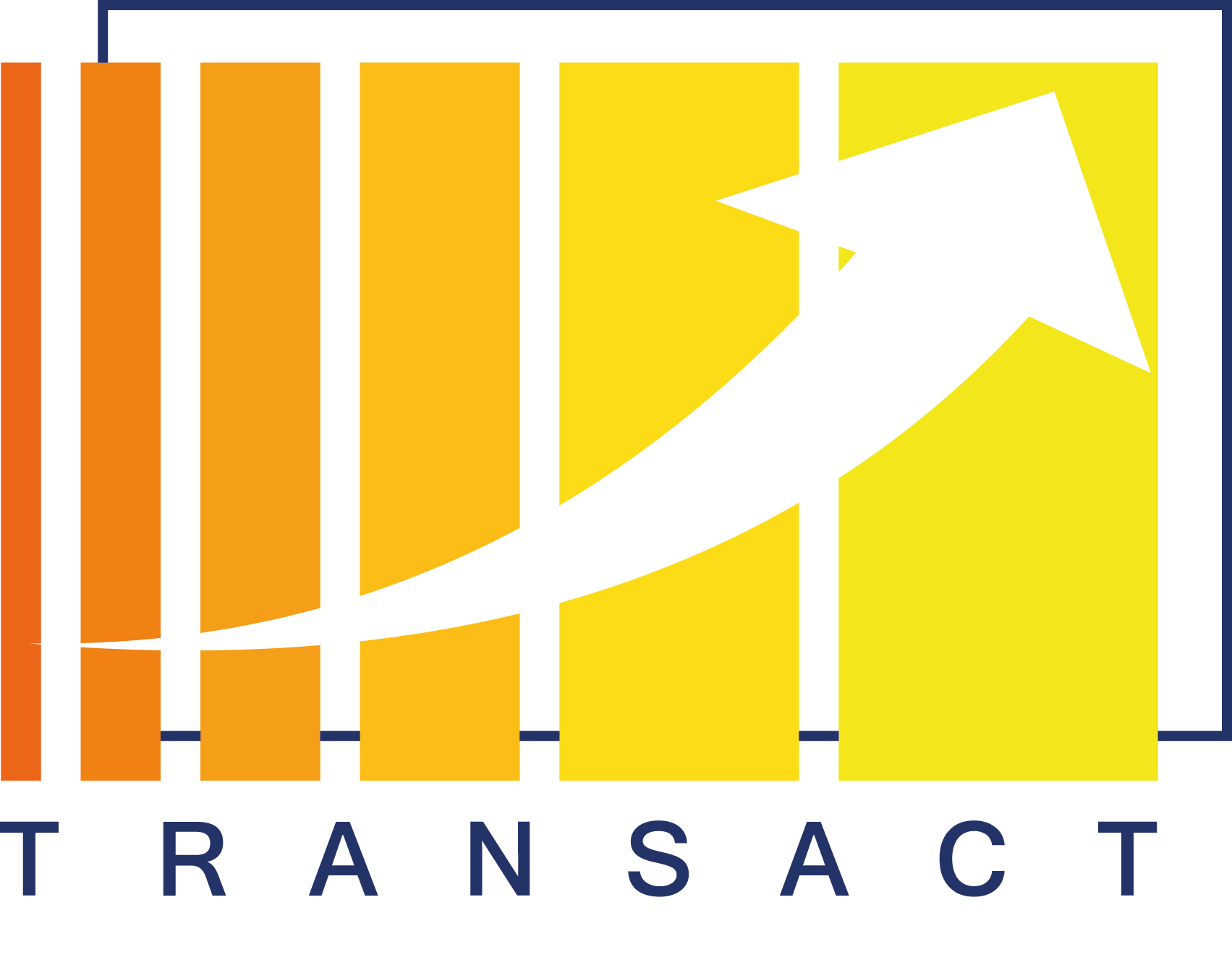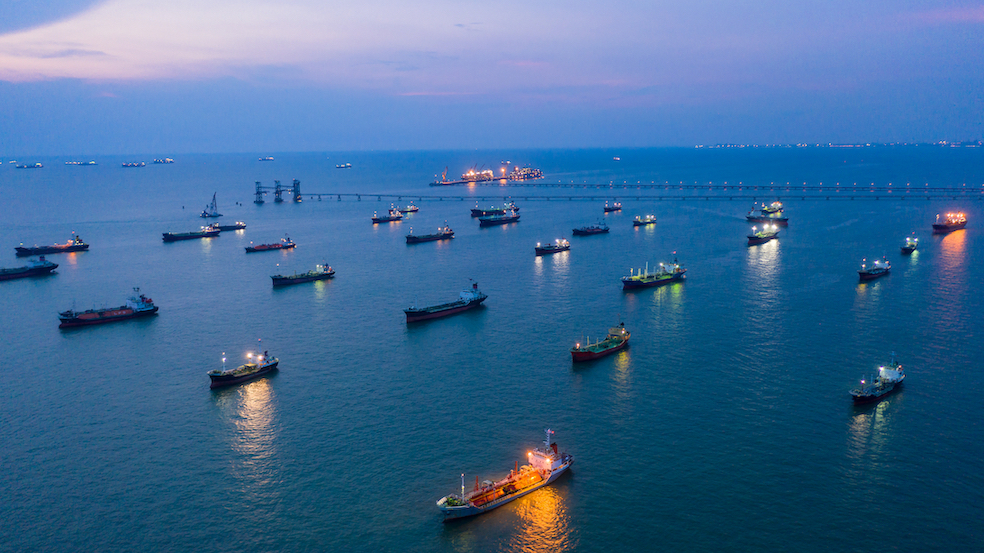This maritime use case will demonstrate advancements in safe and efficient maritime navigation made possible by extending and enhancing the existing basic edge/cloud technologies in the NAVTOR e-Navigation Suite. This will be achieved by integrating advisory services, AI-based services, and data-analytics services into the device-edge-cloud continuum. The demonstrators will show an integrated and connected architecture allowing for enhanced decision support and common situational awareness for three types of end users; the navigator onboard ships, the operator on the shore-based bridge and the operator of the unmanned service vessel in harbour areas.
Critical Maritime Decision Support onboard ships
The main safety-critical equipment for navigation onboard ships is the ECDIS – an Electronic Chart Display and Information System that displays a ship’s position on electronic nautical charts in real-time – and provides navigators with monitoring and simple warnings in real-time. However, the ECDIS is governed by several standards and regulations, and any request for it to handle decision-support services or to process additional navigational information is both timely and costly. In recent years there have been attempts in the maritime domain to transform the bridge from an onboard focused architecture to a distributed three-tier solution. TRANSACT partner NAVTOR, a provider of combined technology and navigational information to the global shipping industry, started the journey of implementing the NAVTOR e-Navigation Suit for deploying, operating, and maintaining distributed applications on different tiers.
In this use case, this technology will be empowered to allow for additional information from onboard and off-device to be collected, quality checked, stored, and exchanged ship-shore-ship, either aggregated or in near real-time depending on modus of operation. Current and new information will be utilized to advance performance and shipping analytics into Sustainable Shipping both in e-navigation and performance solutions. This will allow for new business opportunities such as multiple advisory services running on the same platform as well as data exchange with third parties.
AI-enhanced advisory services on the edge- and cloud tier will be researched with a focus on AI-enhanced route optimization, AI-based traffic and congestion prediction, AI-enhanced fuel optimization and AI-based abnormal vessel behaviour detection. AI assisted decision support services will allow navigators with critical maritime decision support and operators with advice review services. This will also allow developing new services for the shore-based monitoring system sending notifications or warnings of potential incidents or lower efficiency of their vessels.
This use case will also address challenges related to the communication between vessel and shore. To meet the challenge of limited connectivity between vessel and shore, the proposed TRANSACT solution will develop new technology to overcome this challenge, like smart utilization (e.g., compression, sub-sampling, etc.) of the required information. In addition, there is a challenge of identifying attempts of AIS jamming and classifying them as serious threats or unintentional jamming. Detection of AIS jamming through AI will be looked into in this use case aiming to increase the integrity of data.
Critical Maritime Decision Support onboard unmanned surface vessels
Harbour and port infrastructure, as crucial for the safety and security of the workers and proper functioning of the facility, needs to be regularly inspected. Warf damages or in-water objects increase the risk of unexpected and potentially dangerous events. Thus, to minimize the risk, it is important to perform periodic inspections of the infrastructure both from the ground and from the sea surface. The latter is often performed with a full-scale boat and a dedicated crew. To increase the efficiency, unmanned vessels can be utilized to perform the inspections semi-autonomously. Data from dedicated on-board sensors can be collected and transferred by the edge to the cloud, where the data can be analysed to provide information about the obstacles, damages, or any other malicious incidents to the operator on the shore. That way the inspections can be performed more often and more accurate increasing the safety of the area.
Specificity of small vessels dedicated to sail on short sea requires taking different approach to the decision support than the full-scale ships. Relatively short distances and smaller scale have a direct impact on the reaction speed to the potential incidents. Thus, the decisions need to be taken promptly and with respect to the possible obstacles in the vessel surroundings. The route planned for the inspection needs to be updated if an unmanned surface vessel detects an object on the way to avoid the collision. For that, the route optimization component needs to react after receiving the notification of potential collision, to minimize hold ups in the operation.
The amount of data needed to be transferred through the edge device depends on the number and type of sensors installed on board. For the inspection vessel, it is expected that as many kinds of data as possible are obtained, including information from visual, radar, LiDAR or sonar sensors installed on board. For that, edge solution will be aimed to collect, store and transmit sensor data utilizing dedicated components for reliable and secure communication that would assure the communication to be flawless and increase the resistance to any external intentional and unintentional interferences.
Taking into account these challenges, this use case aims to address the following specific objectives:
- Take advantage of the TRANSACT architecture in enabling AI-based monitoring and decision support.
- Extend the IoT data collection onboard, apply ML & data analytics to available data and increase data exchange ship-shore-ship to develop novel advisory services for safe and efficient shipping.
- Allow multiple advisory services to be hosted on the cloud & edge tier in the NAVTOR e-Navigation suite to achieve optimized safety and fuel performance.
- Develop and make operational AI-enhanced advisory services in the edge and cloud tier to enhance a common situational awareness, decision support and warnings/alarms in both onboard and shore-based devices.
- Develop and make operational AI techniques and dedicated hardware for reliable and secure wireless communication between shore and vessel.
- Increase the safety and efficiency of vessels both in harbours and in open waters, for different type of vessels (traditional, automated, and (semi-)autonomous).





No responses yet